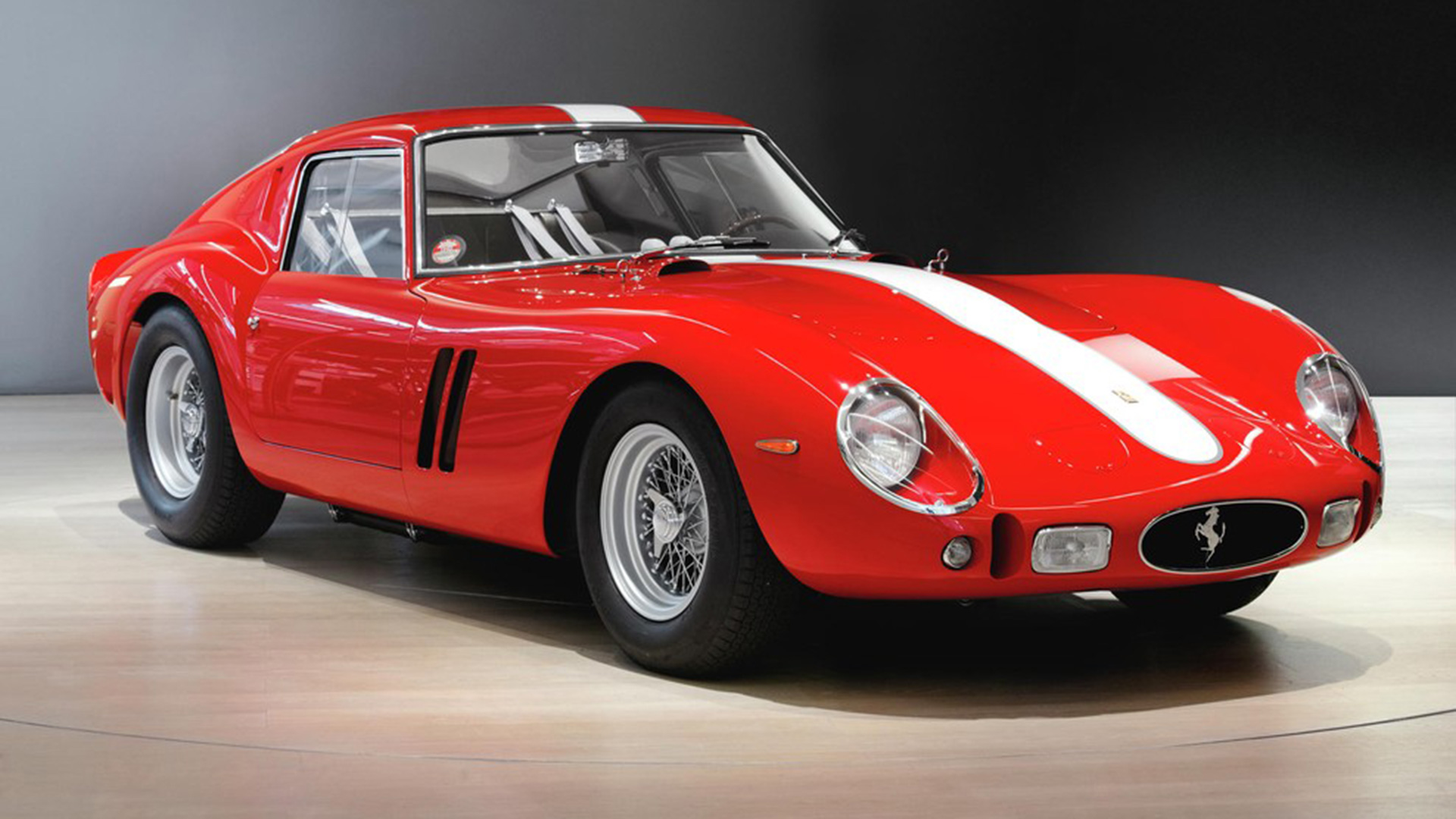









RED MONOPOLY
THREE WORLD TITLES IN ONE SEASON




RED MONOPOLY
There are times in life when everything goes well, bringing joy and success, loads of success! The year 1961 was destined to be one of the best for Enzo Ferrari. The Prancing Horse became the embodiment of speed on four wheels. His Scuderia was the essence of motor racing; his cars perfect and nigh on invincible creations.

After two difficult years with little in the way of success in F1, 1959 and 1960 were the apotheosis, also due to a radical shift in the regulations. Before this, however, Ferrari went through something of an inner struggle. Enzo had to change his mind and agree to put ‘the cart before the horse’ by launching a single-seater and sports car with the engine behind the driver. The decision paid off extraordinarily, with three world titles in one go: Drivers’ and Constructors’ in F1, plus the World Sportscar Championship. Of course, not everything went right as with the tragic death of Ferrari driver Wolfgang von Trips. In addition, that triumphant season ended in a storm, with the team acquiring a totally new management and technical leadership. The 156 F1 designed by Carlo Chiti astonished everyone because it was the first Ferrari mid-engine single-seater. It was dubbed ‘the shark’, due to its innovatively shaped nose with two angled vents that made it look like the great predator. This car helped Phil Hill to win the Drivers’ title by one point over the unfortunate Von Trips, who lost his life in Monza, together with 15 fans. The other Ferrari driver, Richie Ginther, was fifth in the final rankings. Phil Hill set a new Nürburgring record in qualifying, lapping in less than nine minutes, and was also the first American driver to win the F1 World Championship.
The young Giancarlo Baghetti also had a day of glory in the 156, winning on his F1 debut at Reims, with a Scuderia Sant’Ambroeus vehicle hired from the Italian federation. The World Sportscar Championship danced to the same tune. Scuderia Ferrari dominated right from the 12 Hours of Sebring, when four 250 Testa Rossas took the top four places. Phil Hill and Olivier Gendebien came first. The Belgian driver – this time paired with Von Trips – repeated the feat soon after at the Targa Florio, behind the wheel of the 246 SP. While the Nürburgring 1000 Kilometres just yielded placings (from 2nd to 5th), the 24 Hours of Le Mans brought another great hat-trick, Hill and Gendebien won again. However, the Italians Lorenzo Bandini and Giorgio Scarlatti won the last World Championship race, the Pescara Grand Prix. The SP 246 was the first mid-engine Ferrari in the Sportscar category, with a very aerodynamic shape, and a low bonnet with a double oblique air intake. It was powered by a 2,500 cc V6 engine. The 250 Testa Rossa, took its name from the colour of the cylinder head.

In this case, only the valve covers were actually painted, but the name remains, to recall the previous model. It is perhaps Maranello’s most famous sports car. This car, designed especially for teams and privateer drivers, adopted the new 3-litre engine.